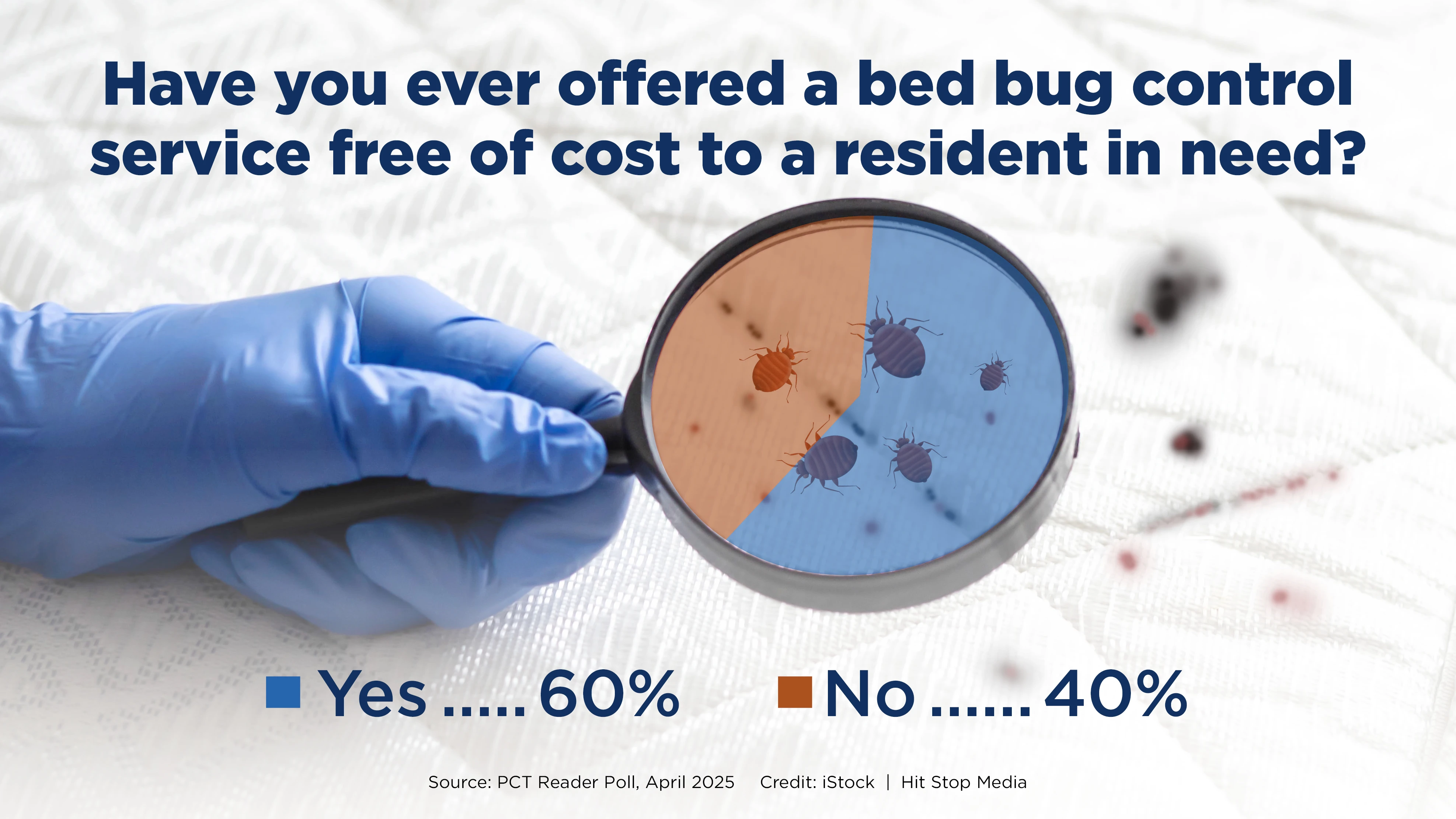While some were surprised by the damage caused by Hurricane Katrina, the devastating impact of a Category 4 storm on the city of New Orleans was not unanticipated, according to excerpts from the “Hurricane Camille Project Report, Thirty Years After Hurricane Camille: Lessons Learned, Lessons Lost” by Roger A. Pielke, Jr., Chantal Simonpietri and Jennifer Oxelson. The report was issued on July 12, 1999.
“For many, (Hurricane) Camille is a distant memory, an historical footnote from a time long gone. But Camille is also a harbinger of disasters to come. Another storm of Camille’s intensity will strike the United States, the only question is when. When this future storm strikes, it will make landfall over conditions drastically different from those in 1969. The hurricane-prone regions of the United States have developed dramatically as people have moved to the cost and the nation’s wealth has grown. Estimates of potential losses from a single hurricane approach $100 billion.”
“Camille occurred when there were many fewer people in vulnerable coastal locations. Consider that only 150,000 people were ordered to evacuate during Camille’s approach, this compares with more than 750,000 ordered to evacuate when Andrew approached south Florida in 1992. Inhabitants along the U.S. Atlantic and Gulf Coasts are fortunate in that hurricane watches and warnings are readily available, as are shelters and well-conceived evacuation routes. However, this should not give reason for complacency – the hurricane problem cannot be said to be solved. Disaster planners have developed a number of scenarios that result in a large loss of life here in the United States. For instance, imagine a situation of gridlock as evacuees seek to flee the Florida Keys on the only available road. Or imagine New Orleans, with much of the city below sea level, suffering the brunt of a storm like Camille, resulting in tremendous flooding to that low-lying city. Scenarios such as these require constant attention to saving lives. Because the nature of the hurricane problem is constantly changing as society changes, the hurricane problem can never be said to be solved.”
“Hurricane Camille, like every storm, provides a real-world test of the existing level of preparedness. Without exception, each storm reveals areas where society could have been better prepared or, less vulnerable. If we are to identify those actions needed to improve a community’s preparation for hurricane impacts, then we must focus attention on ways to ascertain a community’s exposure before a hurricane strikes. This means that we must support efforts to grapple with the messy and challenging task of assessment of hurricane preparedness. Instead of relying on a storm to show us how well we are doing, we could take on this challenge as a “cost of doing business” and perhaps over the long run reduce our vulnerability to hurricanes.”

Explore the October 2005 Issue
Check out more from this issue and find your next story to read.
Latest from Pest Control Technology
- Target Specialty Products, MGK Partner for Mosquito Webinar
- Cockroach Control and Asthma
- FORSHAW Announces Julie Fogg as Core Account Manager in Georgia, Tennessee
- Envu Introduces Two New Innovations to its Pest Management Portfolio
- Gov. Brian Kemp Proclaimed April as Pest Control Month
- Los Angeles Ranks No. 1 on Terminix's Annual List of Top Mosquito Cities
- Kwik Kill Pest Control's Neerland on PWIPM Involvement, Second-Generation PCO
- NPMA Announces Unlimited Job Postings for Members





